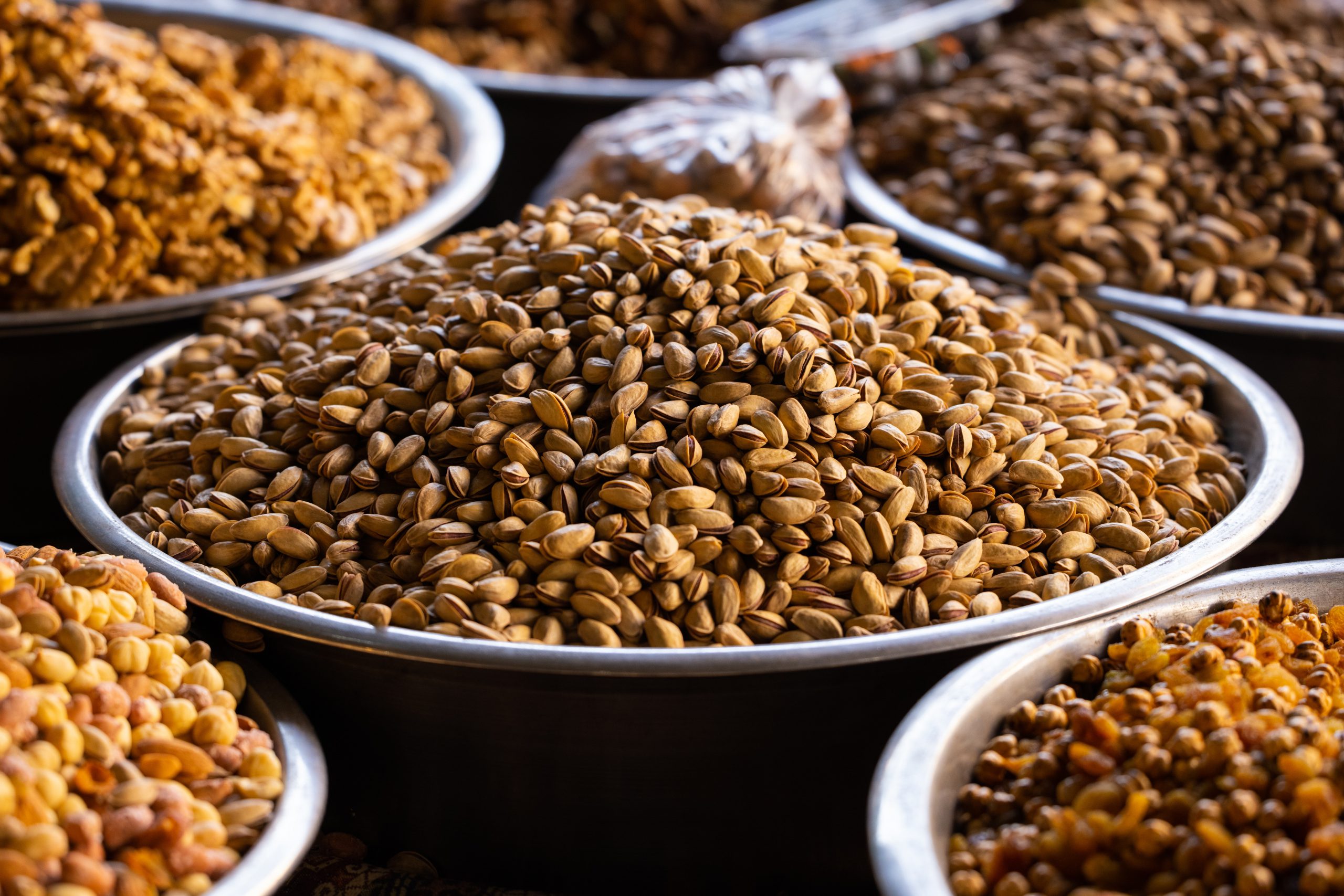
Let’s get this out of the way: nothing beats an effective training program, and a carefully structured diet. If you’re a beginner, this can be a daunting task. For a no-frills easy approach, or if you need help to get started, you can buy my xFit Fat Loss Manual here. I’m not promoting myself, but I am trying to save you some frustration by laying out a simple and effective training template so you don’t make any errors and waste time. Related to this post is a downloadable checklist that gives you four supplements that actually work. You will be surprised about how minimal the list is.
New Years resolutions for fat loss are great, but if you’re looking for more to help you with your fat loss goal, I have an interesting approach that could help.
You may or may have never heard of resistant starch before, but chances are you’ve already eaten it. Resistant starch is a type of carbohydrate that is not fully broken down and absorbed by the body. This is especially beneficial for those trying to lose weight because it helps you feel fuller for longer and can also help burn fat.
Not only does resistant starch help with weight loss, but it also has other health benefits such as improved blood sugar control, better digestion, and gut health, and even cancer prevention. So, if you’re looking to improve your health and lose weight, resistant starch should be one of the food items on your radar!
What foods contain resistant starch?
There are a lot of common foods that contain resistant starch. Some examples include cooked and cooled potatoes, green bananas, cooked oatmeal, lentils, beans, and plantains. If you’re looking to add more of it to your diet, aim to consume at least 2-3 servings per day.
How does resistant starch help with weight loss?
When carbohydrates are digested, they are broken down into glucose, which is then used for energy or stored as fat. However, because resistant starch is not fully digested, it passes through the digestive system without being converted into glucose. This means that it doesn’t spike your blood sugar levels like other carbohydrates can, which prevents those unwanted sugar cravings later on. In addition, it also helps burn fat by increasing thermogenesis (burning calories to produce heat) and by reducing the number of fat cells produced in the body.
A note of caution…
While adding resistant starch to your diet can have amazing health benefits, it’s important to remember that this is still a type of carbohydrate. This means that if you consume too much of it, you may still gain weight. Therefore, it’s important to moderate your intake and pair it with other healthy food items such as lean protein and vegetables. By doing so, you’ll create a well-rounded meal that will help you reach your weight loss goals.
If you’re looking for a way to jumpstart your weight loss journey, look no further than resistant starch! This invisible fat burner can help you feel fuller for longer while also helping to burn fat. What’s not to love? Just be sure to moderate your intake and pair it with other healthy food items for best results. Trust me, your waistline will thank you!
Final details
1. What Is Resistant Starch?
It is a type of dietary fiber that is not digested by the body. Instead, it passes through the digestive system unchanged and is excreted in the feces. However, resistance starch has several health benefits, including weight loss.
2. How Does It Help with Weight Loss?
Resistant starch has been shown to help with weight loss in several ways. First, it helps to increase satiety, so you feel fuller for longer after eating. It has been shown to boost metabolism and promote fat burning. Finally, it also helps to regulate blood sugar levels, which can reduce cravings and prevent overeating.
3. How Can I Add More Resistant Starch to My Diet?
There are several ways that you can add more resistant starch to your diet. One way is to eat it from foods such as green bananas, cooked and cooled potatoes, or white beans. You can also take a supplement that contains resistant starch.



